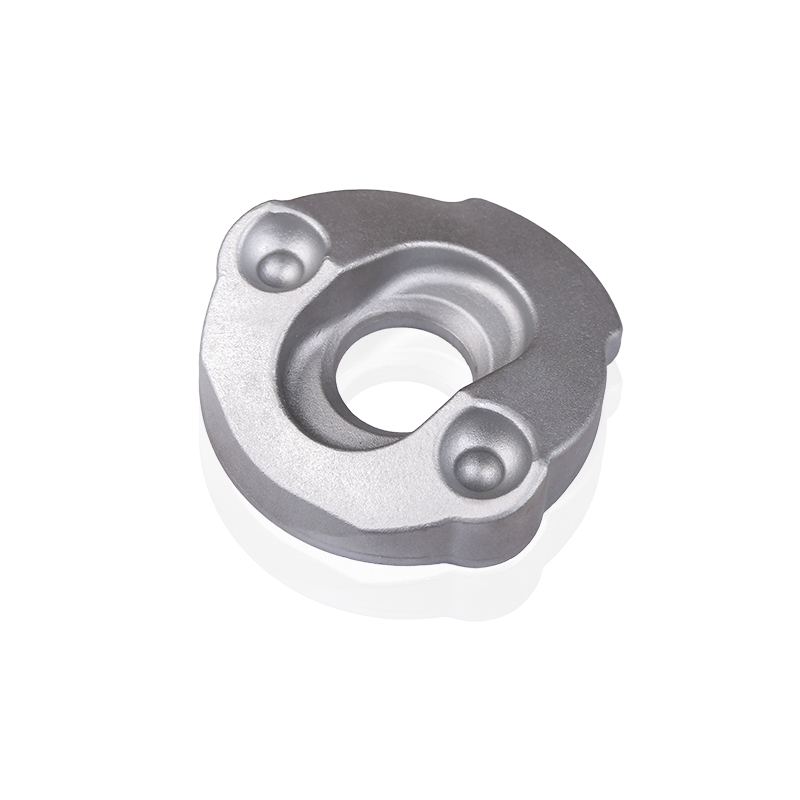Understanding Excavator Gearbox Swash Plate Performance Under Load
 2025.01.24
2025.01.24
 Industry news
Industry news
The performance of the excavator gearbox swash plate under varying load conditions is crucial in determining the overall efficiency and effectiveness of an excavator’s hydraulic system. In heavy-duty applications, where the machine operates under extreme pressures and challenging environments, the swash plate’s ability to maintain consistent performance is essential. When an excavator is tasked with digging, lifting, or dumping heavy materials, the hydraulic system relies on the swash plate to control the flow of hydraulic fluid with precision. The swash plate’s inclination angle directly influences how the pistons within the pump move, which in turn governs the excavator’s movements. This means that under high load conditions, the swash plate must effectively regulate the fluid flow while withstanding the stresses caused by intense mechanical forces.
The design and material quality of the swash plate play a significant role in its performance under load. Typically, the swash plate is made from high-strength, wear-resistant materials that can withstand the constant friction and pressure associated with heavy operations. It is often subjected to high dynamic forces, especially when an excavator is lifting or digging through tough terrain. In these circumstances, the swash plate’s ability to maintain its integrity and provide smooth hydraulic fluid flow becomes a major determinant of the excavator’s reliability and productivity. If the swash plate fails to function correctly under load, it could result in erratic movements, reduced control, and even mechanical breakdowns, leading to costly downtime.

Another important consideration for the swash plate’s performance under heavy loads is the adjustability of its angle. This adjustment allows operators to fine-tune the hydraulic system’s output based on the specific demands of the task at hand. When excavators are required to operate under heavy load, the swash plate’s ability to adjust the piston stroke length becomes especially critical. By changing the angle of the swash plate, the operator can control the hydraulic system’s power output, optimizing performance for various lifting and digging applications. This flexibility ensures that the excavator remains responsive and efficient, even when faced with tough or fluctuating load conditions.
In heavy-duty applications, the swash plate’s role extends beyond merely controlling hydraulic fluid flow—it also contributes to the overall energy efficiency of the system. A high-performing swash plate can help minimize energy loss by ensuring that the hydraulic system operates smoothly without unnecessary power consumption. This efficiency is especially important in demanding environments, where fuel and power consumption can significantly impact operational costs. With the right design and precision engineering, the excavator gearbox swash plate can help reduce the mechanical strain on the excavator, ultimately extending the lifespan of the hydraulic system and contributing to a lower total cost of ownership.
The swash plate’s performance under load is integral to the hydraulic system’s reliability, productivity, and energy efficiency. Its ability to regulate hydraulic fluid flow, maintain structural integrity under pressure, and provide precise control ensures that an excavator can meet the demands of heavy-duty applications. Whether it’s lifting massive loads or digging through challenging materials, the swash plate ensures the excavator delivers consistent performance, even under the most strenuous conditions.





















